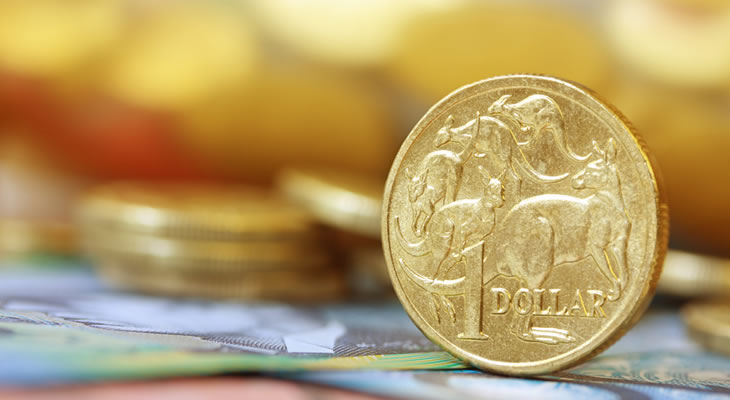Pound to Australian Dollar Exchange Rate Strength Limited Despite Underwhelming Australian Wage Stats
The Pound to Australian Dollar (GBP/AUD) exchange rate hit its best levels all week overnight, as Australia’s latest wage stats disappointed investors. However, the pair began to slide again during Wednesday’s European session.
GBP/AUD’s advance attempts this week have been narrower than the one seen last week. GBP/AUD briefly climbed from 1.7951 to hit 1.8107 during Wednesday’s Asian session, but fell back to around 1.8020 at the time of writing.
Wednesday morning’s GBP/AUD slip came despite Australia’s Q1 wage price index results falling slightly short of expectations quarter-on-quarter.
Australian wages were forecast to have remained at 0.6% quarter-on-quarter in Q1, but the previous figure was revised lower to 0.5% and the new figure came in at 0.5% too.
This was due to broad weakness in the Pound (GBP), following uncertainty over the direction the Brexit process was taking as well as the Bank of England’s (BoE) hint last week that UK interest rates could remain frozen for some time.
Pound (GBP) Exchange Rates Remain Unappealing Despite Solid UK Job Data
Tuesday saw the publication of Britain’s latest job market results, which were largely solid and met or exceeded expectations.
The unemployment rate remained at 4.2% as forecast as expected, while the employment change figure beat the forecast 130k with a strong 197k.
The average wages prints both met forecasts. The figure excluding bonuses rose from 2.8% to 2.9% as expected, while the figure including bonuses slipped from 2.8% to the forecast 2.6%.
There was one notable downside in the job data, as labour productivity is projected to have worsened from 0.7% to a contraction of -0.5% in Q1.
Sterling briefly strengthened against a weaker Australian Dollar (AUD) thanks to this data. However, as Brexit and Bank of England (BoE) concerns continued to weigh on the British currency its strength was limited.
The UK government has been defeated on some key Brexit votes in Parliament, worsening uncertainties about the process.
Australian Dollar (AUD) Exchange Rates Recover Slightly Despite Mixed Data
The Reserve Bank of Australia’s (RBA) latest meeting minutes continued to show the bank’s hesitance to change its stance on Australia’s monetary policy outlook, and Australia’s latest data was underwhelming too.
While Australia’s year-on-year wage price index met expectations and remained at 2.1%, the quarterly figure disappointed and Australia’s latest consumer confidence figures worsened too.
According to Westpac’s May consumer confidence survey for Australia, the index slipped from 102.4 to 101.8 with a confidence change of -0.6%.
Still, the Australian Dollar was able to recover slightly against a weaker Pound during Wednesday’s European session.
Pound to Australian Dollar (GBP/AUD) Forecast: Australian Job Report Ahead
Thursday will see the publication of the rest of this week’s most notable news from the UK and Australia, including Australia’s key April job market results.
Australia’s job market report will include employment change figures and the key unemployment rate.
The unemployment rate is forecast to have remained at 5.5% in April, with the employment change forecast to have improved from 4.9k to around 20k.
These figures are unlikely to be particularly influential to the Australian Dollar outlook unless they surprise investors. Australia’s consumer inflation expectations from May could also inspire AUD trade.
As for the Pound, it could be influenced by an upcoming Thursday speech from Bank of England (BoE) policymaker Andy Haldane.
Aside from that, Brexit developments could influence the Pound to Australian Dollar (GBP/AUD) exchange rate or investors may anticipate next week’s UK inflation and growth stats.


Comments are closed.